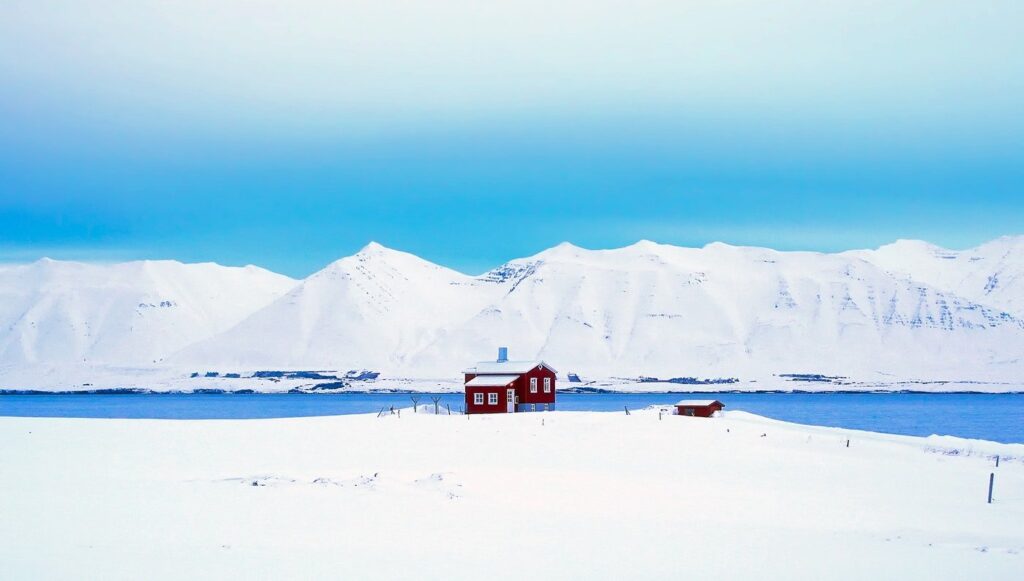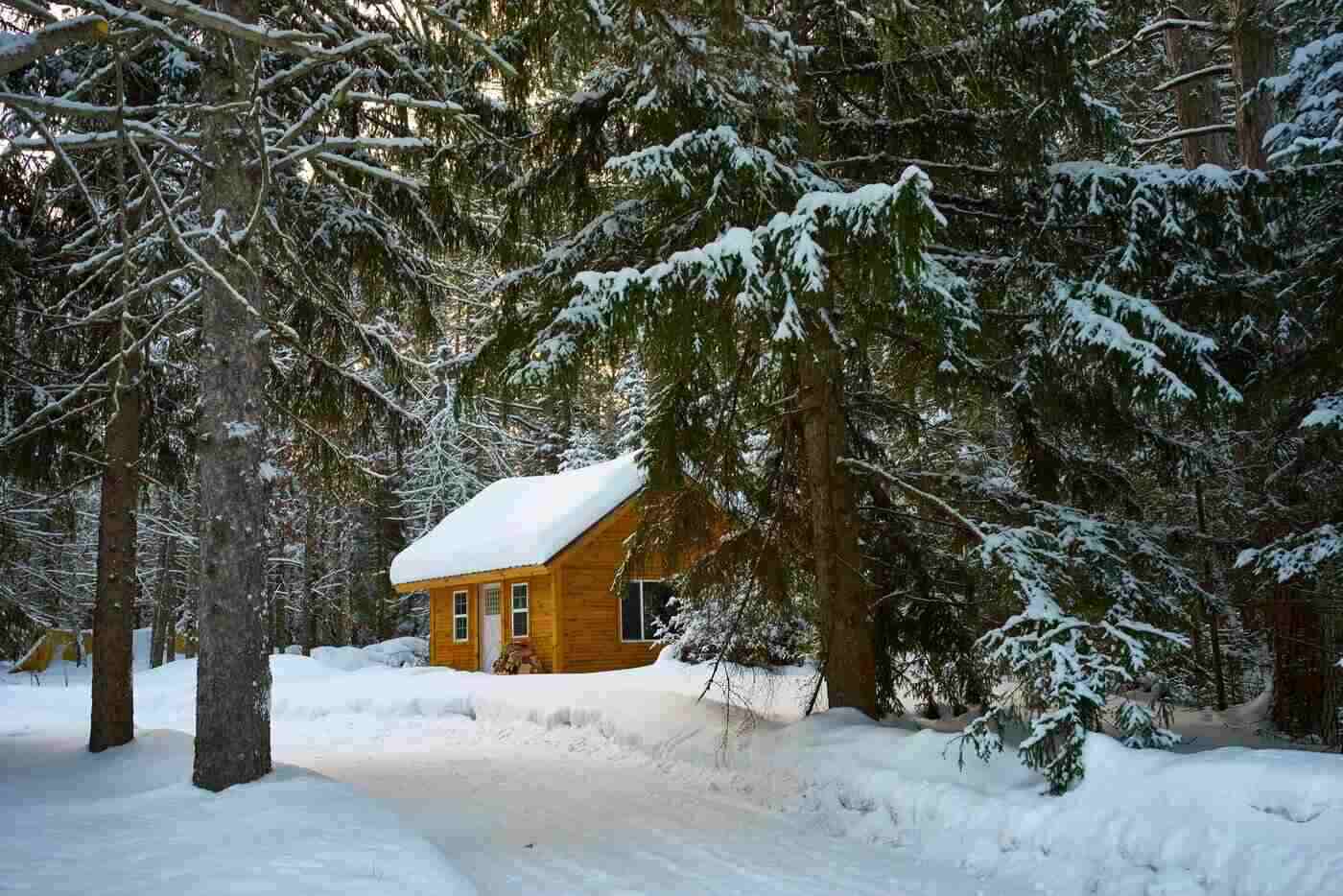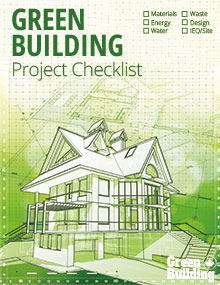
“Prefab” cottages, also called “modular” cottages or “factory-built” cottages, have garnered a lot of interest recently for their chic designs, ease of construction and green options and building practices. The market for prefab cottages is rapidly expanding as people explore a more cost-effective, sustainable way to enjoy life in their secluded getaways. But how are they better for the environment? And will they be the right choice for you?
Environmental Benefits
Prefab cottages really shine when it comes to energy-efficiency and the reduction of waste. Precision designs and computer-guided machinery can more efficiently use materials than human beings working on a job site can. Materials sitting on sites are also exposed to the possibility of environmental damage, which factory-kept materials largely avoid.
Since many homes are made in a single factory, what doesn’t get used in one build can be saved for the next. Drywall, lumber, plywood, piping – all can be recut for smaller uses on the next home. That’s not something on-site builders tend to do. In fact, in Canada the conventional construction industry is responsible for 4 million tonnes of waste each year. Prefab cottage construction cuts down on that waste in a big way.
The Modular Housing Association Prairie Provinces says that prefab homes tend to put in a better energy performance than conventionally-built homes because better installation conditions makes for “a tighter and better insulated envelope.” Buyers can choose models that are built to maximize energy efficiency or opt for more energy-efficient materials and fixtures. Some models feature resource-saving and energy-producing technologies like water harvesting systems and solar panels.
That said, not every prefab cottage is automatically greener than its conventionally-built counterpart. If purchasing an eco-friendly home is a priority for you, look for a manufacturer that uses sustainable and recycled building materials, low VOC finishes and top-shelf insulation. Research what certification programs the company participates in. Some manufacturers build to LEED and Energy Star standards, which give buyers a clearer idea about the materials and processes that will go into building their perfect hideaway.
Considerations for Cottage-Buyers

Prefab cottages seem poised to become more common in the near future, but before you climb on board the trend and make a purchase, there are some things to consider.
First, you should know that not all prefab cottages are built and assembled in the same way. There are a few different kinds, each of which differs in terms of the ease with which you will be able to transport it to a remote location and how you’ll need to assemble it on site. Here are the most common types:
Modular homes are constructed in, as the name implies, modules. They’re square or rectangular units that are hoisted by crane and placed on a foundation once they’re on-site. They can be stacked and arranged in a variety of ways.
Panelized homes are built in panels, which are then assembled on the foundation once on site. Structural Insulated Panels (SIPS), where the outer and inner panels are connected with insulating foam and fitted together on site, are a highly efficient type of panelized home.
Pre-cut homes (or kit houses) are literal kits of pieces that have been factory-built, numbered and shipped. You can put them together yourself or have a contractor assemble them for you.
Manufactured homes are what used to be called mobile homes – homes built on a steel chassis and shipped as a single, completed unit that’s placed on the foundation once it’s on site.
Logistical Considerations
You should know that buying prefab doesn’t get you out of having to work with contractors and labourers. You’ll still need to prepare your site and, depending on the type of home and the manufacturer you choose, might need a local contractor to install the cottage. Once the cottage is up, essential interior details ranging from flooring to doors might still need to be installed, depending on the type of package you purchased. In all events, expect to reach out to local skilled tradespeople or to pay to transport tradespeople in if your location is very remote.
Buying a prefab cottage also does not get you out of having to talk to your municipality’s planning department. You still need permits for things like building and sewage and you might need inspections. You might need approval from the local conservation authority. Your zoning laws might not even permit prefab cottages. Manufacturers are required to meet CSA standards but you should also confirm with them that their product meets all local requirements.
Be aware that even the type of product you’re thinking of purchasing might give your municipality some pause. Susanne Marchison, the chief building official for City of Kawartha Lakes tells Elaine Anselmi of Cottage Life that because the different kinds of pre-built cottages need different permits, “the first thing we need to determine is what type of unit the applicant is referencing.” The small detail of the name of the product you’re thinking of buying might have big implications for zoning.
Marchison’s advice, “always start with municipal staff and ask questions before you commit to the purchase of a unit,” can save you a lot of time, money and hassle.
Location, Location, Location
After permits and red tape, the biggest obstacle to navigate might be the location itself. There has to be a suitable place for the well, the septic tank and the utility hook-ups (if you have them). You can pick out the perfect spot for your cottage but prepare to be flexible if that perfect spot is where the septic needs to go.
The home still needs to get to the location once it reaches your address. You might love the challenging access to your getaway spot but the driver transporting your cottage will not. Even if cranes aren’t required to assemble the cottage, be prepared to make your building site accessible to heavy machinery. This could mean having to forgo your rocky, overhung access trail in favour of a wide, gravel driveway.
Prospective buyers should also be aware that prefab cottages aren’t necessarily a more cost-effective option. Graham Smith of Altius Architecture, Inc., tells Patti Vipond of Parry Sound Life that prefab “can be as expensive as a site build or more because you are packing a lot of expensive things into a smaller square footage.” Be sure to ask the manufacturer about what’s included and what you’ll need to pay for yourself.
Feature image: Adriaan Greyling; Image 1: Pixabay


